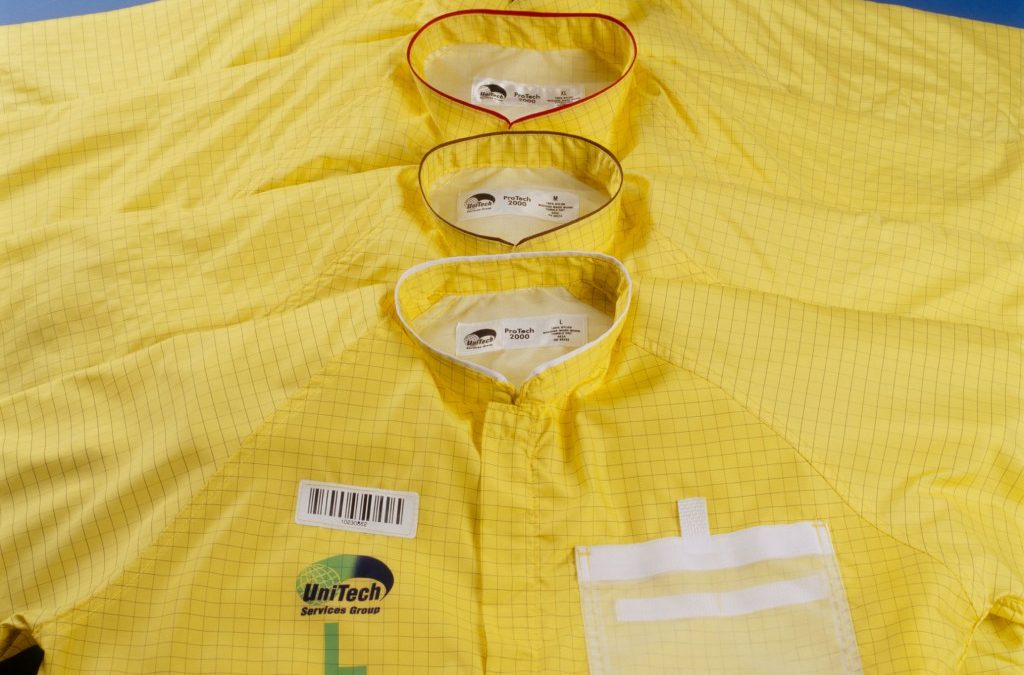The goals of this study were to understand the life cycle impacts of single-use and reusable garments, compare the products’ environmental impacts and use the resulting LCA information to inform future company strategies.
According to PE International’s report, “The study determined that the reusable protective garment set has at least a five-fold less impact than the disposable protective garment set, across all categories assessed.”
The study found UniTech’s reusable ProTech clothing systems had just 19% of the global warming impact as its disposable alternative. This is due in part to the manufacturing burden of the disposable option, which requires significant heating energy and chemicals to create garments to be worn once and thrown out. Therefore, in line with all other impact categories assessed in this study, the reusable garment has a lower impact per use than the disposable garment alternative, as long as the reusable garment sets are worn at least four times. Generally, ProTech is worn 100-200 times in its life cycle.
According to Paul Manley, UniTech Operations Manager, “ProTech’s superiority holds true across all categories and inventory indicators assessed by this study. It reinforces previous data that established ProTech’s stature as the premier protective clothing option.”
The study measured the following garment traits (chosen because of their relevance to climate change, energy efficiency and air, soil and water quality):
• Global warming potential
• Non-renewable primary energy
• Eutrophication (ecosystem response to the addition of artificial or natural substances)
• Acidification
• Photochemical ozone creation potentials
• Ozone depletion potential
• Water consumption
This study builds upon a 2010 study that examined 48 nuclear facilities to compare a launderable garment program through UniTech and a one-time-use program. The review looked at the costs and radiological performance of the garments used and found “a launderable program is the least cost option while providing the best protection for workers from both a radiological standpoint as well as comfort in heat-related areas.” In addition, the launderable clothing yielded between 23 and 28 fewer PCEs per outage, resulting in estimated savings of $11,500-$42,000. To view the complete study online, visit: www.UniTechUS.com/lca.

